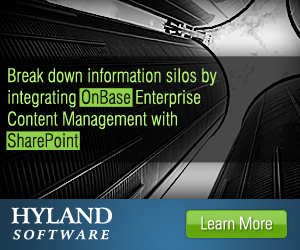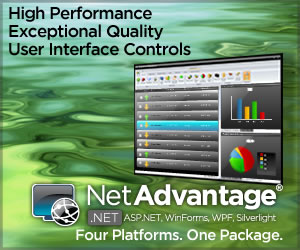CenterState Bank Improves Peer Group Analysis
- Monday, December 1, 2008, 0:57
- Banking
- Add a comment
Not so long ago, compiling peer group reports was a manually intensive process for CenterState Bank, the
lead bank for CenterState Banks of Florida. Since implementing Web-based software from Highline Financial, the bank has more data and faster access to it. Not only has it been a huge time saver, but also the bank has significantly improved its ability to do competitive analysis.
CenterState Bank has a small regional bank dealer department based in Birmingham, AL, that has about 250 bank clients ranging from $20 million to $1 billion in total assets. The role of the investment department for CenterState Bank is to manage interest rate risk for its customers by using fixed income investments while utilizing asset/liability management tools.
 The bank uses data from HighlineFI to produce peer group reports that compare several banks based on about 18 key measures including their interest margins, profitability, and efficiency ratios. “We run every customer through a set of criteria that we monitor on a quarterly basis,” says Jared Ellis, a financial consultant at CenterState Bank of Florida. “We are in contact with the banks and know what’s going on in each market, and this tool reaffirms what we hear. It’s a way of getting true ratios and numbers that we need to serve our customers in a timely manner.”
The bank uses data from HighlineFI to produce peer group reports that compare several banks based on about 18 key measures including their interest margins, profitability, and efficiency ratios. “We run every customer through a set of criteria that we monitor on a quarterly basis,” says Jared Ellis, a financial consultant at CenterState Bank of Florida. “We are in contact with the banks and know what’s going on in each market, and this tool reaffirms what we hear. It’s a way of getting true ratios and numbers that we need to serve our customers in a timely manner.”
According to Scott Clemmons, head trader at the bank, the HighlineFI product is one of several tools used to do this analysis, but it is the only one that allows the bank to identify trends and pick up red flags. During the financial crisis, for instance, the bank has been closely watching the Texas Ratio, which measures non-performing assets as a percentage of capital. “If a bank went from a 20 percent Texas Ratio to a 200, a 10-fold increase on a Texas Ratio in six months, clearly we need to be very careful when extending certain services to that customer,” he says. “This Highline data is the best and most efficient source that I’ve seen that allows us to do trend analysis like that.”
Similarly, in construction lending it looks at customers’ 1-4 family construction lending divided by their capital. A bank that has a 200 percent ratio needs to be monitored closely because of the economic slowdown in housing. Net income is another indicator that is monitored, but this number needs to be taken within context: a 2-year-old bank may not be expected to be profitable, whereas a 30-year-old bank would be.
HighlineFI provides on-demand access to 40 consecutive quarters of historical data, key ratios, and ratings, combined with the earliest access to new data. The software also provides historical and up-to-date access to publicly traded U.S. bank data, M&A activity, and detailed branch market financial data. “HighlineFI gives you that data as quickly as you can get it,” says Clemmons. “All this information is available free online on the FDIC Web site, but nobody has time to pull it out.”
Before deploying Highline software, the asset/liability department sourced its data from a hardbound book. There was no way to compare a particular bank to another bank. All they could do was compare CenterState Bank with a group of banks with similar asset bases.
In the past, Highline sent the data on a CD-ROM, but there was almost a three month lag time; third quarter data might not have been available until mid to late December. With the online version, CenterState Bank gets more data much faster, and it is easily accessible. Moreover, it can be exported into Microsoft Excel where it can be manipulated using the sorting, macro and graphing functions and published in a customized report.
“With some of the tools that are on this online version, it saves us hours and hours each quarter when we start culling the data to present to our loan committees,” says Ellis. “It’s a huge time saver.”
The potential exists to extend the use of the software to review holding company and peer market branch data. The bank might use it, for instance, to find out why a competitor down the street is growing deposits at a faster rate and whether a trend is developing. It might also use the data to determine whether to open a branch on a particular street corner or within, say, a two mile radius of it.
Implementing HighlineFI is straightforward, so that was another benefit for the bank. “It took a 20-minute conversation with a help coordinator to explain some of the add-in features and maybe an hour of playing around with it,” says Ellis. “We didn’t miss a beat.”
 Print This Post
Print This Post






